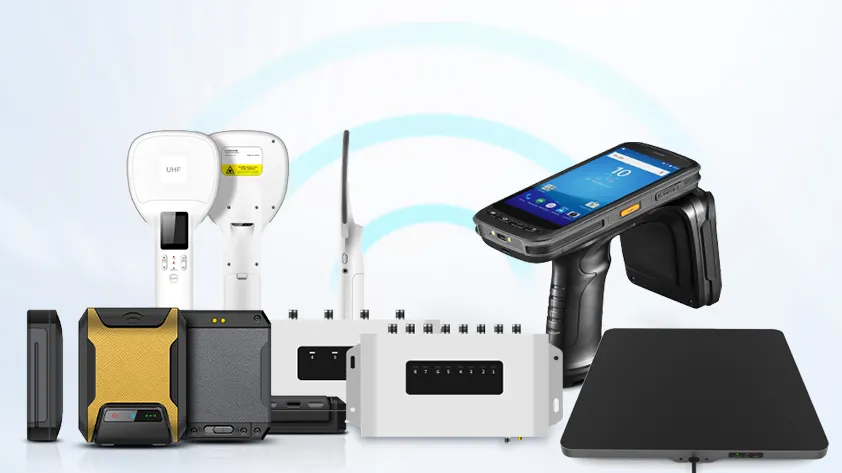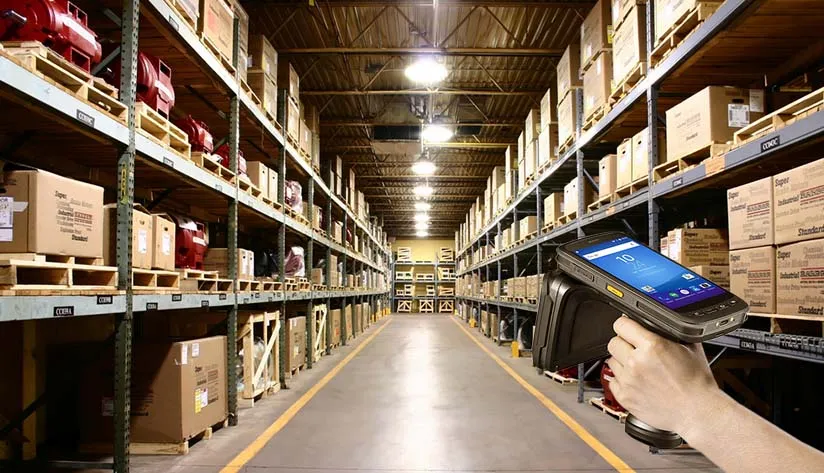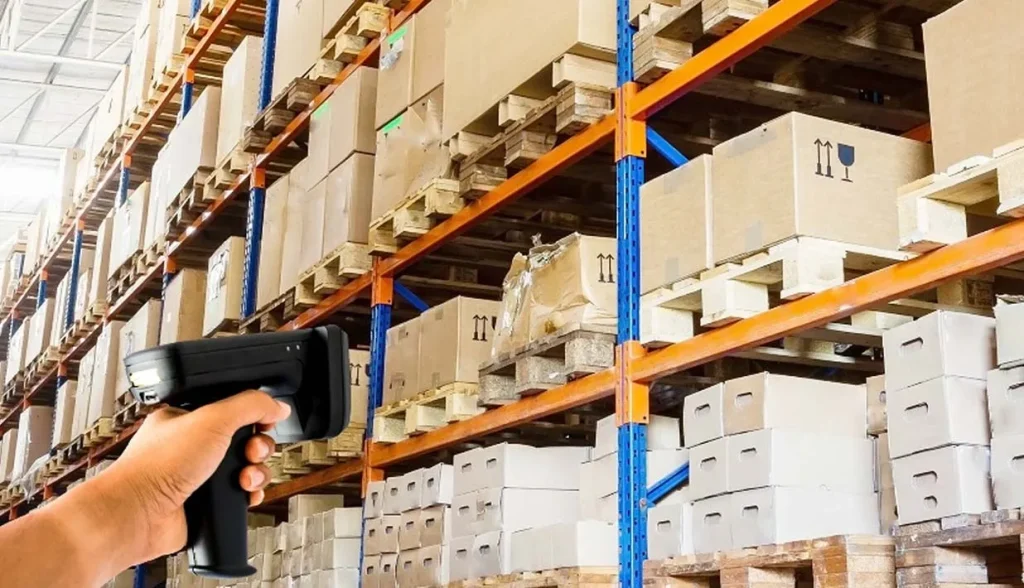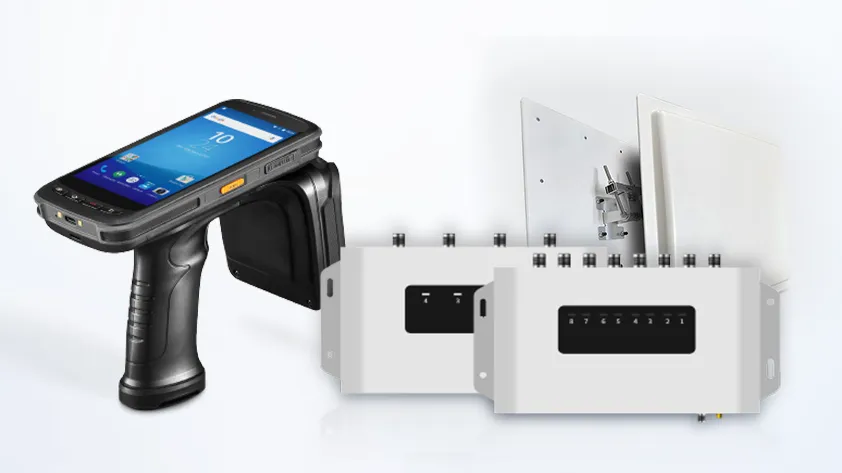This post explores the diverse range of RFID readers, detailing their operational distances and capabilities. It highlights key features such as frequency types (low, high, and ultra-high frequency), read ranges, and form factors. The advantages of RFID technology, including efficiency in inventory management and real-time tracking, are emphasized. Readers will also discover the unique qualities of various RFID readers, showcasing their applications across industries from retail to logistics. The article ultimately aims to provide a comprehensive understanding of how different RFID readers can enhance operational efficiency and improve asset management.
RFID Asset Tracking Systems are innovative technologies that use radio frequency identification to enhance the management and tracking of assets. This post explains how these systems operate, detailing the components such as tags, readers, and software, which work together to capture real-time data on asset location and movement. Key advantages include increased efficiency, reduced labor costs, and improved inventory accuracy, leading to better resource management. The post also highlights distinctive qualities such as the ability to track items in bulk, protection against loss, and the scalability of RFID solutions, making them essential for businesses seeking optimized operations and comprehensive visibility into their assets.
In the post “How to Choose the Right RFID Reader for Efficient Warehouse Management,” readers are guided through the essential criteria for selecting the most suitable RFID (Radio Frequency Identification) reader to enhance warehouse operations. Key features highlighted include reading range, data processing speed, and compatibility with existing systems. The post emphasizes the advantages of improved inventory accuracy, reduced manual labor, and streamlined workflows that come with the right RFID reader. It also discusses distinctive qualities such as durability for harsh environments and user-friendly interfaces, ensuring efficiency and reliability in warehouse management. By making an informed choice, businesses can significantly boost their operational effectiveness and inventory control.
This post explores the innovative use of RFID LED tags to enhance inventory management and logistics efficiency. It highlights how these tags leverage radio-frequency identification technology combined with LED indicators to provide real-time visibility of inventory status. Key advantages discussed include improved tracking accuracy, reduced operational costs, and streamlined workflows. The article emphasizes the distinctive qualities of RFID LED tags, such as their ability to illuminate for quick identification and the integration potential with existing systems, making them a powerful tool for businesses aiming to optimize their supply chain processes.
This post explores how RFID technology is revolutionizing business operations by significantly reducing costs and enhancing sustainability. It highlights key features of RFID, such as real-time tracking and inventory management, which streamline processes and minimize waste. The advantages of implementing RFID include increased efficiency, improved accuracy in stock levels, and reduced labor costs. Additionally, the post emphasizes the technology’s role in promoting sustainable practices by optimizing resources and decreasing environmental impact, making it a crucial tool for forward-thinking companies aiming to balance profit with planet.
This beginner’s guide to RFID in asset tracking explores the transformative advantages of RFID technology for enhancing efficiency and security in inventory management. Key features include real-time tracking, automated inventory updates, and improved accuracy, which collectively minimize losses and streamline operations. The post highlights how RFID systems reduce manual errors, offer robust data insights, and enhance asset visibility, making them an essential tool for businesses looking to optimize their asset management processes. Distinctive qualities of RFID include its scalability and adaptability, making it suitable for a variety of industries while ensuring an overall boost in operational productivity and security.
RFID cable tie tags significantly improve equipment management by streamlining tracking and inventory processes. These innovative tags provide real-time data on the location and status of assets, reducing the risk of loss and enhancing operational efficiency. Key advantages include easy installation, durability, and the ability to automate data collection, allowing for accurate and up-to-date asset information. Their distinctive features, such as compatibility with various RFID systems and customizable designs, make them an essential tool for businesses looking to optimize their equipment management strategies.
The blog post “Top 5 Applications of UHF RFID Readers in Logistics and Supply Chain” explores the transformative impact of Ultra High Frequency (UHF) RFID technology in optimizing operations. It highlights five key applications:
1. **Inventory Management**: Enhances accuracy and efficiency in tracking stock levels, reducing errors and labor costs.
2. **Asset Tracking**: Facilitates real-time monitoring of equipment and goods, minimizing loss and improving asset utilization.
3. **Order Fulfillment**: Streamlines the picking and packing processes, leading to faster order processing and enhanced customer satisfaction.
4. **Shipping & Receiving**: Improves the accuracy and speed of shipping and receiving operations, reducing delays and minimizing manual workload.
5. **Cold Chain Monitoring**: Ensures the integrity of temperature-sensitive products, vital for compliance and quality control.
The post underscores the advantages of UHF RFID, such as increased visibility, operational efficiency, and reduced costs, making it an essential tool in modern logistics and supply chain management. The distinctive quality of UHF RFID technology lies in its ability to read multiple tags simultaneously, offering a significant edge over traditional tracking methods.
Discover the transformative potential of RFID on-metal tags in the latest post, “Unlocking the Power of RFID On-Metal Tags: Benefits and Applications.” This article highlights the unique ability of these tags to operate effectively on metal surfaces, overcoming common challenges faced by traditional RFID solutions. Key advantages include enhanced durability, improved read ranges, and versatile applications across industries such as manufacturing, logistics, and asset tracking. The post emphasizes how these innovative tags can streamline processes and provide real-time data, ultimately leading to increased efficiency and productivity in operations. Explore the future of tracking and inventory management with RFID on-metal tags!
This post explores the key differences between internal and external antennas in RFID readers. Internal antennas are compact and ideal for space-constrained environments, offering ease of installation and maintenance. They provide sufficient range for many applications but may experience limited performance in challenging environments. In contrast, external antennas are versatile and can be positioned for optimal signal strength, making them suitable for larger or more complex RFID deployments. They provide enhanced read range and directionality, allowing for better performance in diverse settings. The article highlights the advantages of each type, helping businesses choose the right antenna based on their specific needs and operational environments.








